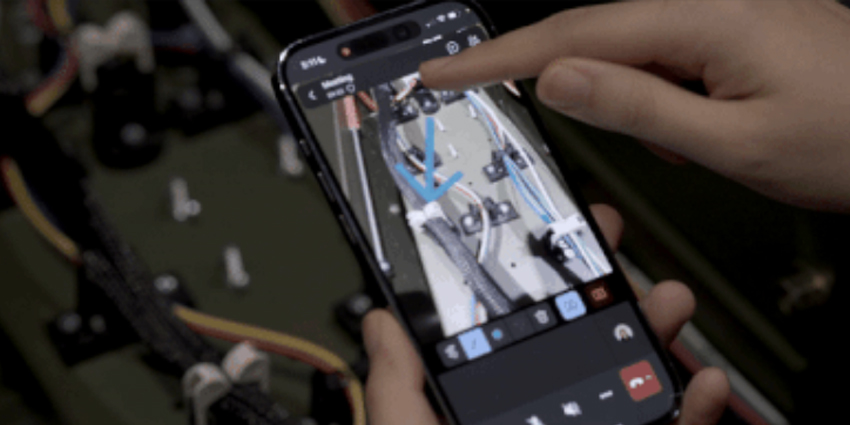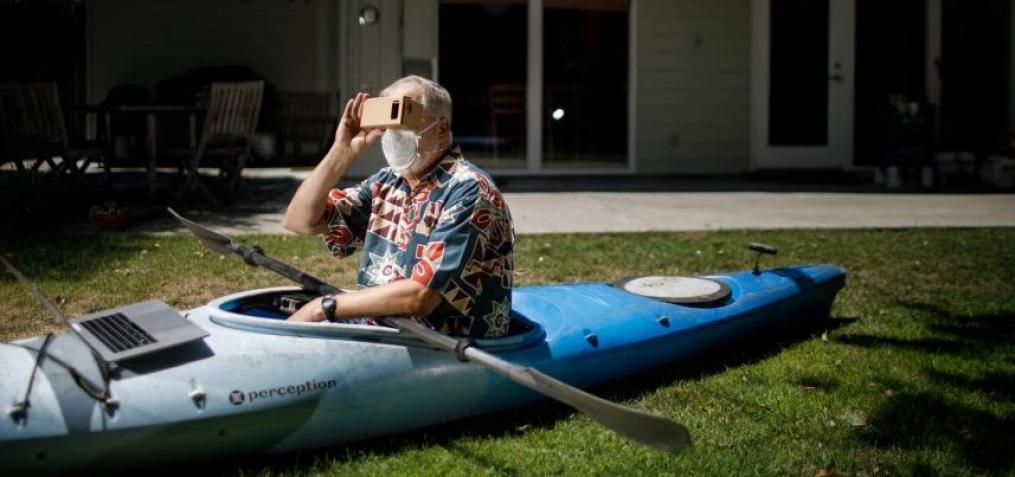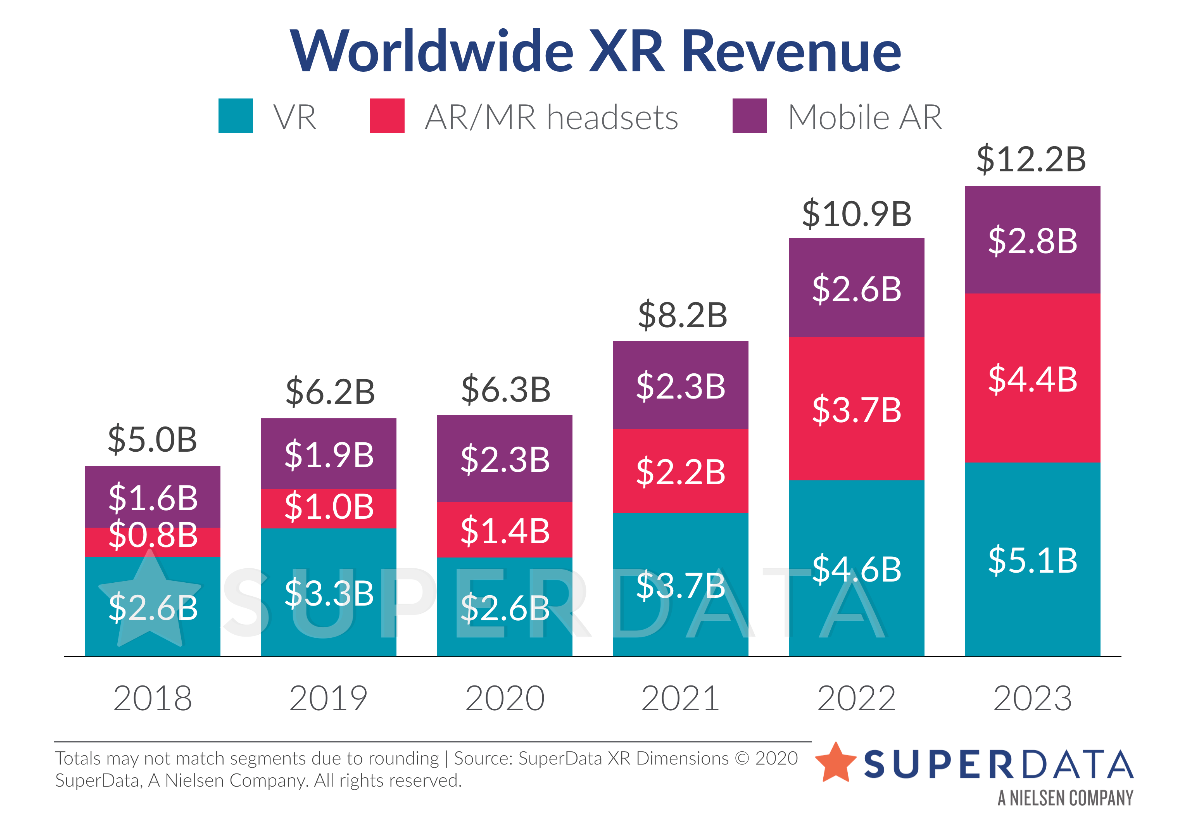Follow success on HoloLens 2 Teams Dynamics 365 Remote Assist will debut on smartphones this year
This week, the Mircosoft Teams smartphone application is gaining new XR features through AR instructional annotations that team members and managers can apply to a caller’s feed, providing instructional insight and assistance.
The new Teams Dynamics 365 Remote Assist feature was initially available via the Hololens 2; now, the update brings the features to the platform’s mobile application.
Dynamics 365 Remote Assist allows frontline workers to gain insights on repair and maintenance tasks by connecting them to experts, sharing their views, and placing spatial annotating in a user’s video feed.
Moreover, the firm highlights how, thanks to its new AR service, IT administrators will no longer need to manage other frontline XR applications to leverage remote assistance capabilities across distributed frontline workers – instead streamlining the workflow to one service.
Microsoft highlights how companies can benefit from Team’s enterprise-ready and proven end-to-end encryption, data loss prevention, and compliance certifications when leveraging the AR service.
Microsoft is planning for device-wide general availability in 2024. The firm is also currently distributing the public preview for the new Teams features for iOS, with further public preview models for Android users coming later this summer.
Users already leveraging under a Dynamics 365 Field Service, Dynamics 365 Guides, and Dynamics 365 Remote Assist license can access the new Teams remote assistance features via the mobile application automatically, at no additional cost.
More on Teams Dynamics 365 Remote Assist
Microsoft is no stranger to assistive reality tools. As noted, the Teams Dynamics 365 Remote Assist is already available for HoloLens 2 users. At the Ignite 2023 event last year, Microsoft announced core updates to its Dynamics 365 platform.
Microsoft’s Dynamics 365 software employs cutting-edge technology like AI, MR, IoT, and others to provide users with new features, benefiting companies that utilize Microsoft Teams in their AR workflows and those that use Microsoft’s HoloLens 2 MR headset.
Moreover, at the event, Microsoft announced that it would introduce new avatars to its popular Teams application, with the avatars reaching general availability in January 2024.
To power the avatar system, Microsoft introduced Mesh, a suite of no-code tools and integrated Unity features that will allow enterprise customers to create bespoke immersive spaces. These immersive experiences, such as employee events, training, tours, and product showcases, can be tailored to business needs.
XR project managers can choose from a collection of pre-built immersive environments available via the Mesh platform and then use the no-code/Unity tools to customize the space and create a template that an entire organization can access and use.
Moreover, firms such as Taqtile are doubling down on the support of Microsoft services to boost the usability of their immersive frontline solution, which offers a similar solution to Teams Dynamics 365 Remote Assist.
Taqtile’s Manifest, an AR instructional platform, will now leverage Azure Private 5G Core with the help of support from Azure, enabling Taqtile’s workers to use Manifest more effectively on HoloLens 2 headsets. In addition, Azure’s support will provide more robust connectivity features better suited for industrial settings and use cases, allowing workers to stay better connected in the workplace.
More on Microsoft’s XR Ambitions
Microsoft is storied in its support for XR workplace solutions, its HoloLens device was an early pillar in the immersive solutions space with the device seeing operation in military, healthcare, and industrial sectors.
Microsoft recently released information regarding its Fiscal Year 2024 Second Quarter earnings call. The call hit all the expected notes, such as genAI. However, interestingly, despite an increased push towards developing XR solutions since mid-2023, Microsft did not mention its MR/spatial applications, HoloLens 2, or industrial metaverse roadmap.
While Microsoft primarily focuses on providing a broader digital solutions portfolio far more expansive than just immersive solutions, the lack of XR in the call is interesting – especially considering the firm’s investments into XR seemingly dropped in favour of genAI investments.
Despite a lack of public focus on its immersive solutions, Microsoft is still working on refining its software and approach. Microsoft has launched immersive Office 365 software solutions and Co-Pilot for Apple’s XR marketplace.
With Co-Pilot features integrated, the first wave of Vision Pro adopters can now run Microsoft Teams, Word, Excel, PowerPoint, Outlook, OneNote, and Loop on the spatial computing device. Users can download these services from the Vision Pro application store. This allows headset operators to access similar workplace productivity services such as Zoom. Microsoft has worked closely with Apple to integrate 365 services into Apple’s ecosystem for years.
Microsoft is helping to lead the GenAI and XR race. With the debut of Vision Pro software, the firm allows device operators to interact with an AI virtual assistant via text and voice commands without leaving their spatial computing environment. Moreover, CoPilot for Vision Pro helps users draft, edit, summarize, and create 365 content. For example, CoPilot for Vision Pro allows users to create PowerPoint presentations based on a simple prompt or natural language command.
The Mesh for Teams immersive VR meeting platform has been available for enterprises since the start of the year. More recently, Microsoft debuted the service on Meta Quest headsets, allowing device users to access Microsoft’s dynamic virtual remote meeting solution via desktop or an MR headset. The immersive Mesh meeting spaces foster enterprise use cases such as employee onboarding, town halls, brainstorming sessions, team socials, and networking events.
After a lengthy development, the immersive Mesh platform is now available on PC and Meta Quest VR devices, ready for enterprise end-users to leverage the service, such as Takeda, Accenture, BP, and Mercy Ships.
Perhaps with its focus on providing immersive versions of its trusted services for devices across the vendor spectrum, audiences may see Microsoft take a unique approach to XR as a software provider, as others aim at the hardware market.
Quelle:




